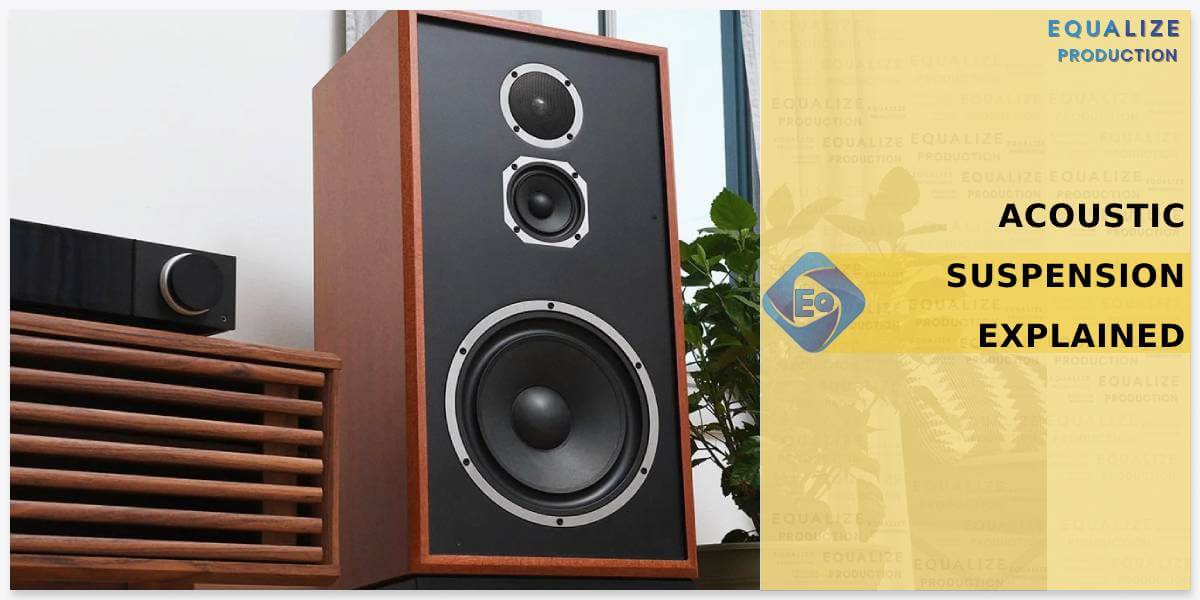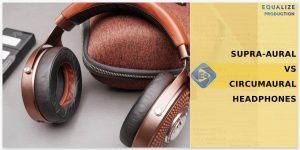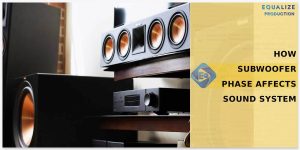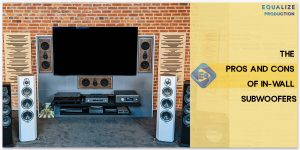Get ready to embark on an electrifying audio odyssey as we delve deeply into the captivating secrets behind acoustic suspension speakers. These remarkable audio gems have been quietly revolutionizing the way we experience music, and today, we’re about to unveil their sonic sorcery.
It’s time to explore the science, unravel the mesmerizing benefits, and discover why acoustic suspension is the unsung hero of the audio realm. So, grab your favorite tunes and get ready for an audio adventure like no other!
Acoustic suspension defined

Basic principles
Acoustic suspension speakers, often referred to as air suspension speakers, are a marvel in audio engineering. At their heart lies the closed-box design. Unlike other speaker types that use ported or vented enclosures, acoustic suspension speakers keep things sealed tight. This sealed cabinet design is where the magic happens. By trapping air inside, these speakers create a spring-like effect. This means that when the woofer moves, it encounters resistance from the sealed air, effectively controlling its motion. The result? Tight, precise bass that’s free from the muddiness you might encounter with other speaker designs.
Key components
The main stars in air suspension audio systems are the sealed cabinet and the woofer. Such a cabinet acts as a sealed chamber that ensures there’s no air leakage. This unique environment is what enables the controlled, articulate bass response that sets acoustic suspension speakers apart. The woofer is responsible for moving air to produce sound. In the case of acoustic suspension speakers, the woofer’s interaction with the sealed cabinet and the trapped air creates that distinctive, accurate bass we all crave in our music.
How does acoustic suspension work?
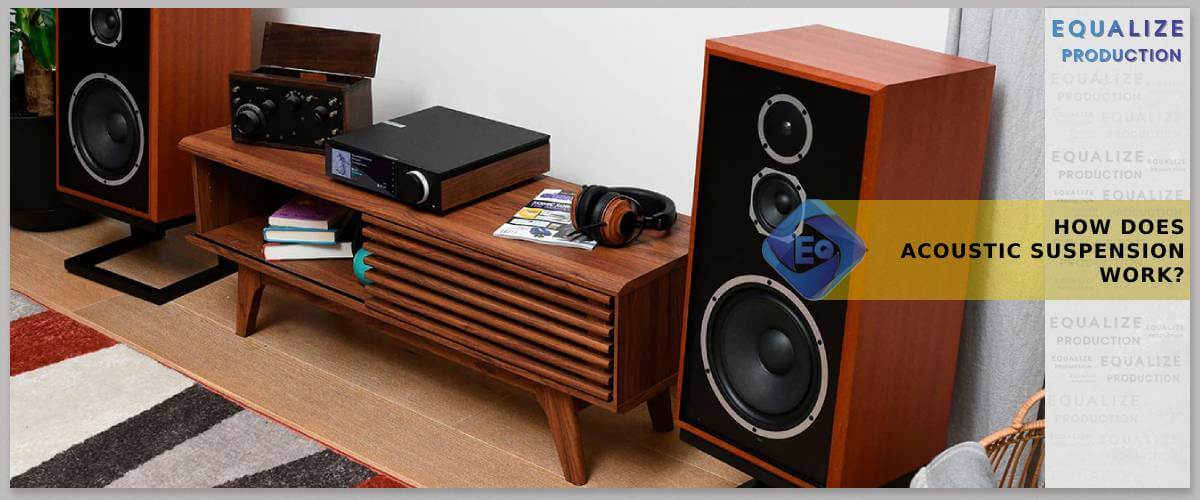
Functioning
Imagine the sealed cabinet of your speaker as a secret vault, but instead of treasure, it’s filled with air. This trapped air acts like a spring for the woofer, which is the heart of your speaker. When you’re jamming to your favorite bass-heavy tunes, the woofer rapidly moves back and forth. The sealed cabinet resists that movement, creating a controlled and tight response. It’s like a dance where your speaker follows the rhythm with precision, thanks to this trapped air acting as its partner.
Sound production
Now, let’s talk about the final result, which is all about delivering those spine-tingling beats. The trapped air inside the cabinet plays a pivotal role in sound production, especially in the lower frequencies. As the woofer moves, it compresses and rarefies the air within the sealed enclosure. This compression and rarefaction work in harmony to produce rich, deep bass that’s distortion-free. It’s like having a powerhouse in your speaker that ensures every low-frequency note is reproduced with astonishing clarity and punch.
Challenges or limitations
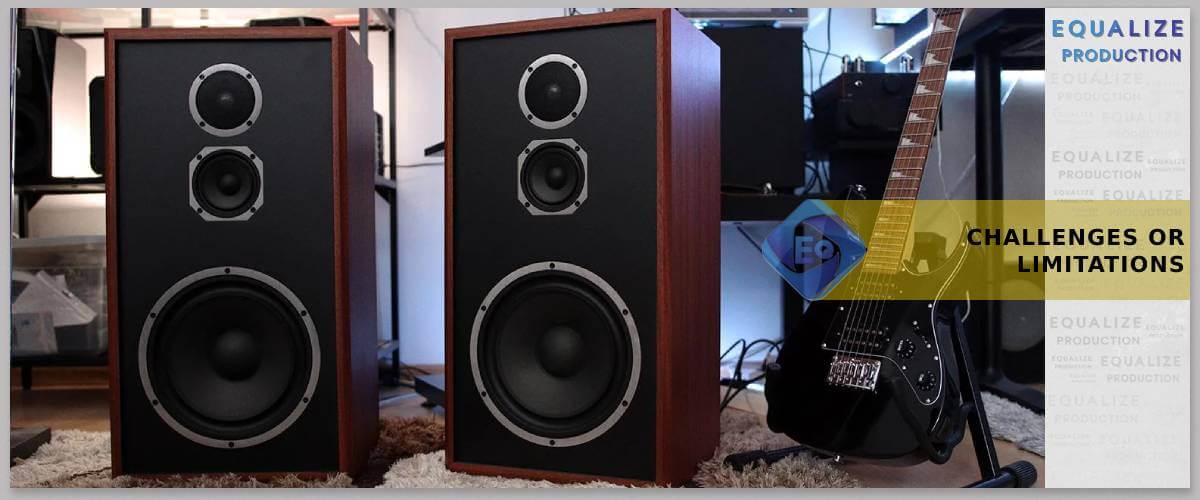
First up, efficiency. Acoustic suspension designs, while providing exceptional sound quality, tend to be a bit thirstier for power compared to other designs. You might need a beefier amplifier to drive these speakers to their full potential. It’s like having a high-performance sports car that demands premium fuel – it can be a bit of an extra expense.
And speaking of expenses, let’s discuss cost factors. The intricacies of acoustic suspension speakers often mean that they can be a bit pricier than their ported counterparts. The precision engineering and high-quality components contribute to this, making them an investment for serious audiophiles.
But hey, every rose has its thorns, right? While these challenges might seem like minor setbacks, the unparalleled audio experience they offer can make them totally worth it. Just be prepared to fine-tune your setup and budget accordingly for the acoustic suspension speaker journey.
Acoustic suspension vs bass reflex

Bass reflex defined
Alright, let’s kick things off by shedding some light on the bass reflex design. In a bass reflex speaker, there’s a cleverly designed vent or port that lets air move in and out. This additional air movement enhances the low-frequency response, giving you that extra thump in your music.
Comparative analysis
Now, onto the juicy showdown: acoustic suspension vs. bass reflex. Acoustic suspension, with its sealed design, offers tight and controlled bass. It’s like a well-behaved, precise bassist in your music band. On the other hand, bass reflex speakers bring that deep, resonant boom that’s perfect for a full-on concert experience. But here’s the catch – they can sometimes get a bit wild and less precise.
Pros and cons
Acoustic suspension speakers win when it comes to accuracy, making them fantastic for critical listening and studio setups. They’re like your trusty old headphones, delivering clean sound. Bass reflex, though, excels in filling up a room with powerful bass. They’re the life of the party, no doubt. But sometimes, that extra punch can overshadow the finer details.
Best use cases
So, when to use which? If you’re an audiophile craving pristine sound for studio work or analytical listening, go for acoustic suspension. But if you’re throwing a house party or simply want your music to rumble, the bass reflex is your ticket to bass heaven.

